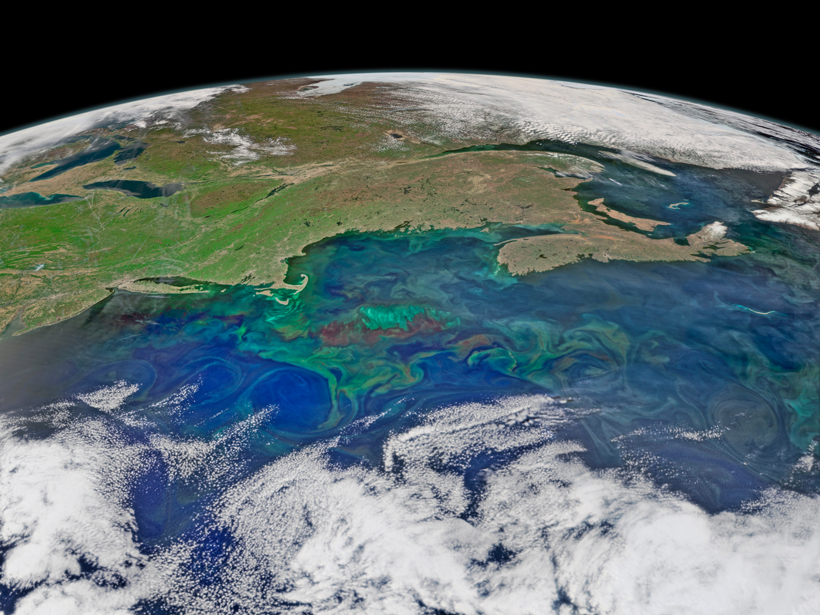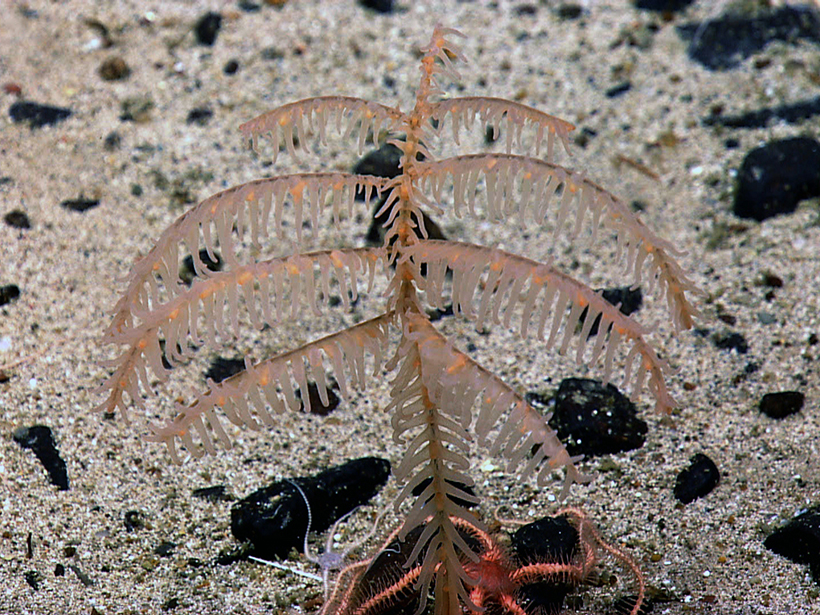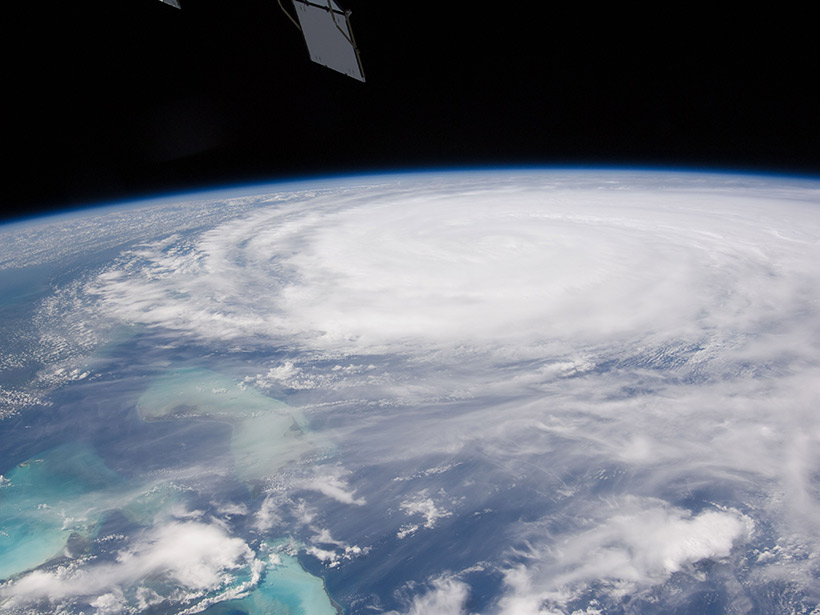Changes in precipitation and runoff in New England may be driving more dissolved organic carbon into the Gulf of Maine.
Atlantic Ocean
Scientists Offer New Explanation for Island's Unexpected Uplift
Researchers developed a new timeline for the rise, fall, and rise again of a puzzling island in the Azores.
Tracing the North Atlantic's Bottom Waters
Chemicals released by two European nuclear fuel reprocessing plants, along with certain chlorofluorocarbons, are helping to constrain the speed and behavior of North Atlantic deep-ocean circulation.
High-Resolution Ocean Model Captures Large-Scale Heat Transport
A lower-resolution model is sufficient to capture air-sea interactions, but a high-resolution model better simulates average sea surface temperatures in the North Atlantic.
Obama Unveils First Marine National Monument in the Atlantic
The new designation follows the administration's expansion last month of a marine sanctuary in the Pacific Ocean near Hawaii into the world's largest protected ocean area.
Predicting Temperature Shifts off the U.S. East Coast
New research reveals the relative importance of oceanic and atmospheric processes in year-to-year changes in ocean temperature along the Middle Atlantic Bight.
Interior Approves Wind Farm Leasing Offshore from New York City
The proposed wind farm, which commercial fishermen oppose, could produce at least 70 megawatts of energy annually, enough to power a quarter of a million homes.
What Causes Long-Term North Atlantic Surface Temperature Cycles?
New evidence strengthens a likely link between 20- to 40-year sea surface temperature fluctuations and varying ocean circulation patterns.
Interior Department Shelves Oil and Gas Lease off Atlantic Coast
The administration moves forward with offshore plans for the Gulf of Mexico and Alaska, but its removal of an Atlantic lease sale sparks sharp responses from industry.
Uncertainty Evaluations Improve Biogeochemical Simulations
Results from the first decade-long reanalysis simulation of northwest European shelf biogeochemistry show the importance of quantifying the uncertainty in these indicators to inform marine policy.






